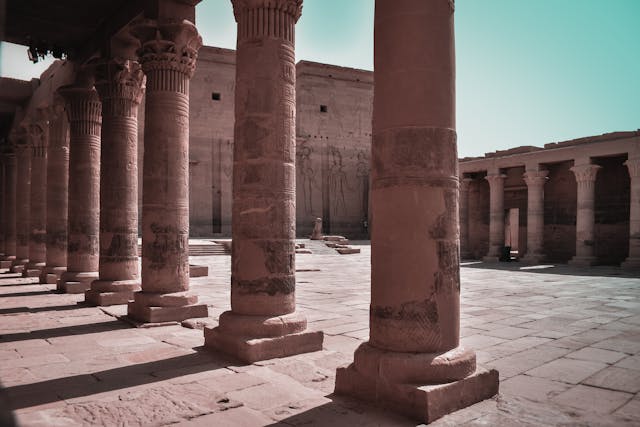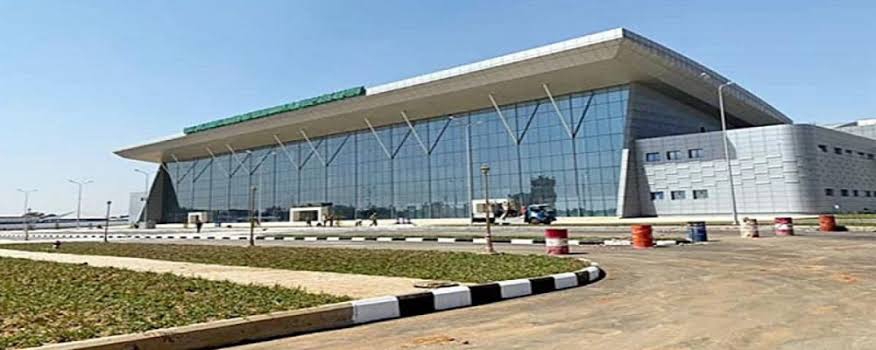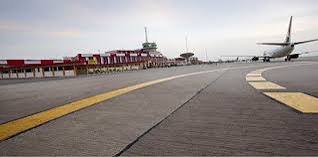




All you need to know about the Mallam Aminu Kano International Airport
History African@africanhistory
5 months ago
Mallam Aminu Kano International Airport (KAN), id one of the country’s oldest and most significant aviation hubs. Let me walk you through everything you need to know about this airport—its history, features, and what you can expect as a tourist visiting Kano, the bustling heart of Northern Nigeria.
First, let’s establish the basics: Mallam Aminu Kano International Airport has been a cornerstone of Nigeria’s aviation landscape since its operations began in 1936. Located in Kano, the capital of Kano State, this airport (IATA: KAN, ICAO: DNKN) is the oldest in Nigeria and serves as the primary gateway to the northern region. Named after the revered 20th-century politician and nationalist Mallam Aminu Kano, it started as a Royal Air Force station before Nigeria’s independence and has since grown into a vital hub for both civilian and military flights. Whether you’re flying in from Lagos, Abuja, or international destinations like Ethiopia or Qatar, this airport is your entry point to the rich cultural tapestry of Northern Nigeria.
Now, let’s dive into the airport’s features. Mallam Aminu Kano International Airport has two terminals: one for international flights and another for domestic travel. The international terminal was remodeled and commissioned in 2015, while a new domestic terminal opened its doors in 2011, offering modern facilities to travelers. The airport handles over 400,000 passengers annually, making it a busy but manageable hub. You’ll find essential amenities like a small VIP lounge for business class passengers, a post office, and a few dining options, including small bars and eateries where you can grab a quick bite of local or international fare. Unfortunately, the duty-free shops are currently closed, so don’t count on picking up last-minute souvenirs here. However, the airport does have a newsstand and basic facilities to keep you comfortable during your stay.
For those interested in the nuts and bolts, the airport boasts two runways and a parking apron, with terminal facilities nestled between them. It’s equipped to handle cargo as well, with a custom-bonded cargo warehouse operated by Skyway Aviation Handling Company Plc (SAHCO). If you’re flying in, expect to go through standard security procedures, including X-ray screening for baggage and passengers. The airfield is fully fenced and patrolled 24/7 by FAAN security personnel, ensuring a safe environment. One quirk to note: there are no air bridge services, so you’ll board and disembark using passenger steps—a small but authentic touch of the airport’s character.
So, what can you expect as a tourist arriving at Mallam Aminu Kano International Airport? First off, you’ll be stepping into a piece of Nigerian history. This airport has been a key transit point for decades, especially for Muslim pilgrims heading to Mecca during the annual Hajj, as well as for the large Sudanese and Lebanese communities in Kano. The vibe here is lively but not overwhelming, thanks to its medium size. You won’t get lost in a maze of gates, but you’ll still feel the energy of a major regional hub. The staff are generally welcoming, and the airport’s layout is straightforward, making it easy to navigate even if it’s your first time in Nigeria.
That said, there are a few things to keep in mind. The airport can get congested, especially during peak travel seasons like the Hajj, due to population growth and economic activity in the region. Be prepared for some hustle and bustle, and allow extra time for check-in and security. Dining options are limited, but the small bars and eateries offer a chance to sample local flavors—think spicy suya (grilled meat) or a refreshing drink before you head into the city. If you’re looking to exchange money, plan ahead, as there are no foreign exchange services at the airport. Local taxis and shuttles are available to take you into Kano city, which is about a 31-minute drive, so you’ll be exploring the ancient streets and vibrant markets in no time.
As a tourist, you’ll also want to be aware of the airport’s role in the community. It’s a major connection point for Northern Nigeria, linking travelers to destinations across Africa, Europe, and the Middle East. Airlines like Ethiopian Airlines, Qatar Airways, and Air Peace operate regular flights, so you’ll have plenty of options for your journey. However, the airport has seen its share of challenges, including a tragic history of aviation accidents, such as the Kano Air Disaster in 1973 and the EAS Airlines crash in 2002. While these incidents are part of its past, the airport has modernized significantly in recent years, with upgrades to its terminals and facilities, making it a reliable choice for travelers today.
For practical tips, bring some Naira for small purchases or transportation, and keep an eye on your flight schedule, as delays can happen. If you’re new to Kano, consider connecting with a local guide to explore the city’s historic sites, like the Gidan Rumfa (Emir’s Palace) or the ancient Kano City Walls, both UNESCO-recognized treasures. The airport’s new terminal is even linked by a rail line, one of only two in West Africa, which could be a unique way to start your adventure if you’re heading further afield.
In summary, Mallam Aminu Kano International Airport is a historic and functional gateway to Northern Nigeria, offering essential services and a warm introduction to the region’s culture. It’s not the flashiest airport, but it’s steeped in history and provides everything you need for a smooth arrival or departure.
#MallamAminuKanoInternationalAirport #KanoState #NigeriaAirports #TravelNigeria #AirportGuide #Aviation #Tourism #TravelTips #NigerianAviation #WestAfrica #AirportLife #TravelAfrica #NigeriaTourism #KanoStateTourism
Photo Credit: FAAN
